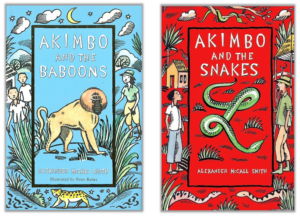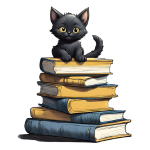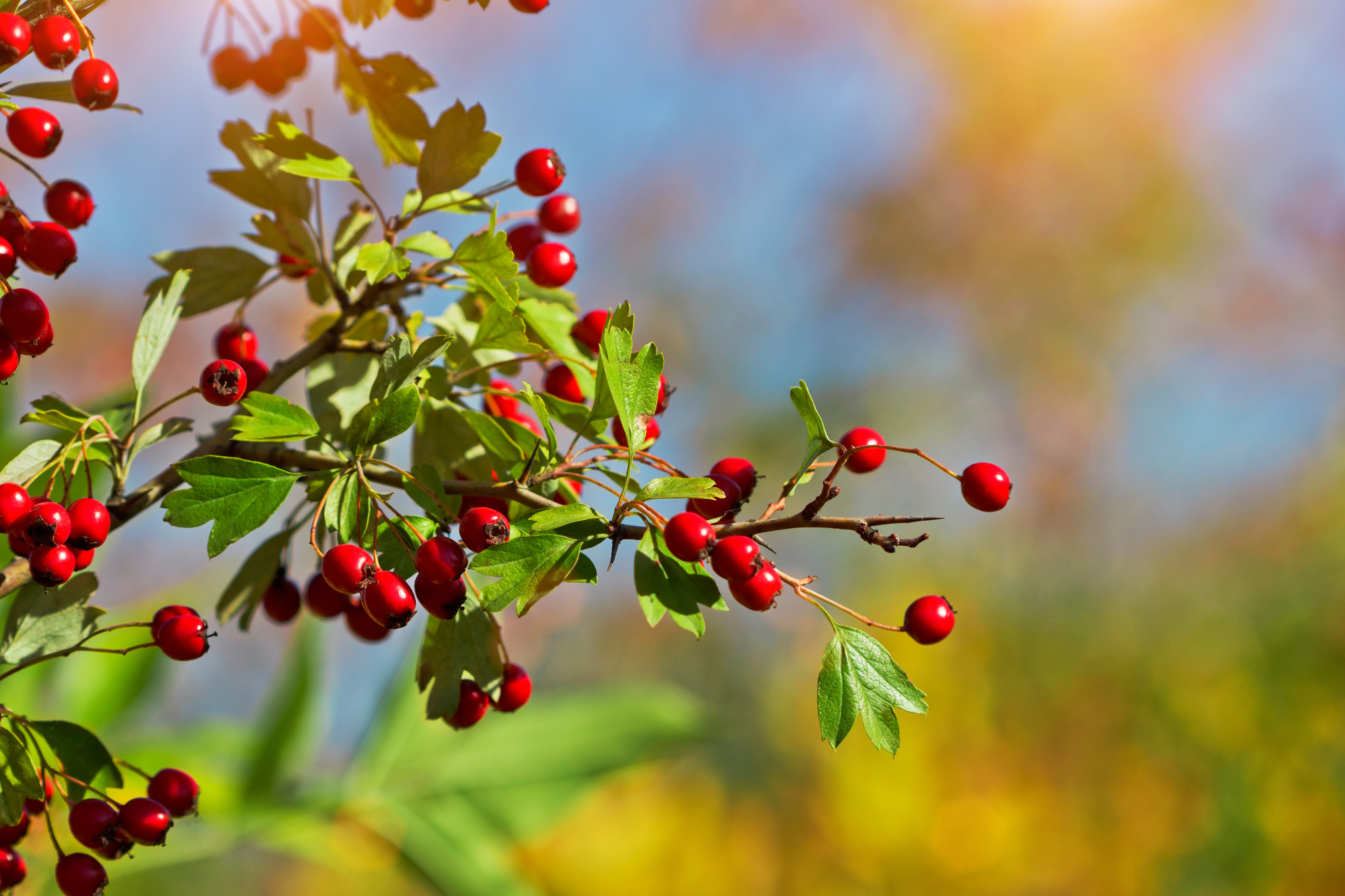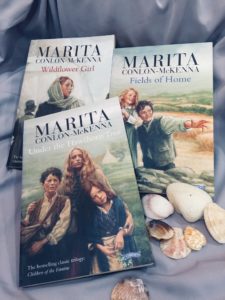Alexander McCall Smith was born in Zimbabwe and was educated there and in Scotland. A Professor of Medical Law at the University of Edinburgh, he is a best-selling author of adults’ books. He is a hugely prolific writer, probably best known for The No. 1 Ladies’ Detective Agency featuring the delightful Precious Ramotswe – Botswana’s leading, and only, female private detective. He has other very popular series like The Sunday Philosophy Club and 44 Scotland Street.
Mr McCall Smith is also equally adept with younger audiences. A favourite in our household is the Akimbo series. Back in 2006, a kindred spirit told me about these books and so Marz and I went on a hunt. We were rewarded with a box set of the first three books that was in perfect condition! [The set features Akimbo and the Elephants, Akimbo and the Lions and Akimbo and the Crocodile Man. Two more books have been released since – Akimbo and the Baboons and Akimbo and the Snakes.]
Akimbo is a young, adventurous African boy who lives in a large game reserve where his father is a head ranger. He is passionate about animal conservation and goes through great lengths to protect them.

In Akimbo and the Elephants, Akimbo helps to bring down an elephant poaching ring. In Akimbo and the Lions, he helps to raise a lion cub and becomes attached to it. However he knows that Simba belongs in the wild. It is a heartbreaking moment when he releases Simba. (Oh how Marz cried!)
In Akimbo and the Crocodile Man, our resourceful friend is given the chance to accompany John the Crocodile man who is doing research on a batch of crocodiles. During the trip, John is attacked by an angry croc. It is a race against time as Akimbo braves dangerous waters to get help for his friend. Marz loved the bit where Akimbo hotwires a truck, drives it and barely misses crashing into a tree!
Akimbo is excited that he is finally able to visit his Uncle Peter’s snake park in Akimbo and the Snakes. A local village reports the sighting of a black mamba – the rarest and most deadly snake of all. Akimbo and Uncle Peter hope to catch it for the snake park, but Akimbo unexpectedly is trapped face to face with this deadly reptile!
 Finally, Akimbo and his cousin, Kosi, join a visiting scientist, Jen, who is observing a pack of baboons in Akimbo and the Baboons. There is always danger in the wild and this time, a pack of leopards threaten the pack and Jen. Later, Akimbo notices that one of the young baboons is injured and resolves to help it.
Finally, Akimbo and his cousin, Kosi, join a visiting scientist, Jen, who is observing a pack of baboons in Akimbo and the Baboons. There is always danger in the wild and this time, a pack of leopards threaten the pack and Jen. Later, Akimbo notices that one of the young baboons is injured and resolves to help it.
I love his series just as much as Marz did. Young Akimbo is a such a likeable role model – he is plucky, cheerful and respectful … and he has perseverance in spades! Alexander McCall Smith manages to convey the importance of animal protection and ecological protection while still keeping the narrative accessible and upbeat. His descriptions are simple and yet incredibly detailed and will transport you to the beautiful African continent. Peter Bailey’s black and white illustrations are gorgeous – I don’t think we see enough of this sort of art.
We finished each book in one sitting. I’d recommend this for both boys and girls who are getting into chapter books and as read-alouds for younger ones. I think this book is a wonderful gateway to deeper studies of this fascinating continent.
A must-have for your home library.



 Armed with nothing but courage and love, they embark on a perilous journey across Ireland to find their great-aunts, Nano and Lena, whom they have only heard about in their mother’s stories. The children sleep in the open and forage for food in the wild and in the farms of dead tenants. They are confronted with death at every turn. They see bodies of those who died with no one to mourn or pray over them and they see the living dead – those so traumatised that they are but shells of their former selves.
Armed with nothing but courage and love, they embark on a perilous journey across Ireland to find their great-aunts, Nano and Lena, whom they have only heard about in their mother’s stories. The children sleep in the open and forage for food in the wild and in the farms of dead tenants. They are confronted with death at every turn. They see bodies of those who died with no one to mourn or pray over them and they see the living dead – those so traumatised that they are but shells of their former selves.